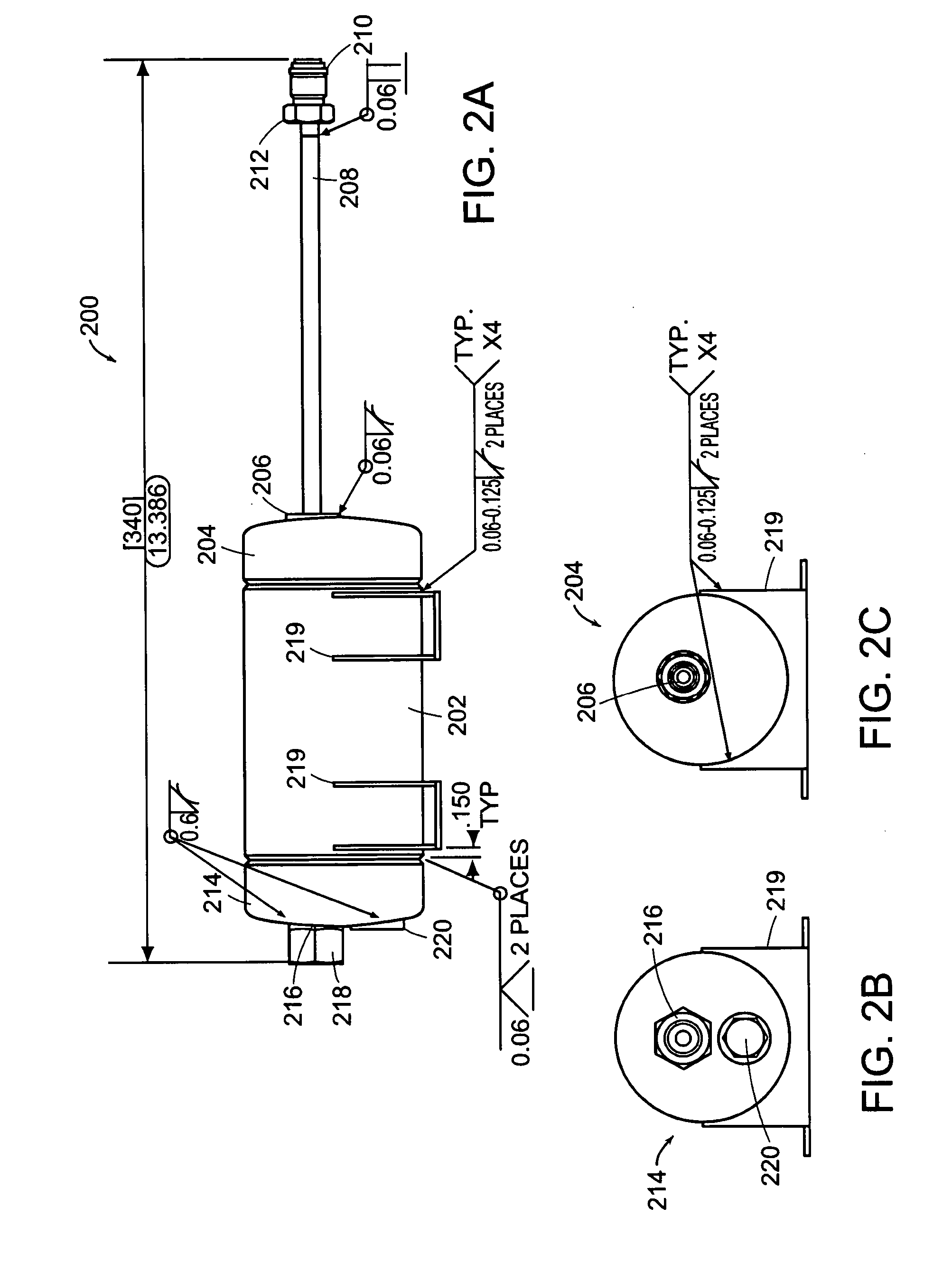Reactive gas filter
- Summary
- Abstract
- Description
- Claims
- Application Information
AI Technical Summary
Benefits of technology
Problems solved by technology
Method used
Image
Examples
Embodiment Construction
[0042] The present invention is directed to a gas filter for a reactive gas used in semiconductor processing tools and processes that are sensitive to molecular contamination. Contaminants in a gas can come from many sources including the cleanroom environment itself. Table 1 illustrates various species in a cleanroom environment, such as, for example, a fabrication environment using photolithography systems. The low molecular weight species, such as acetone, isopropyl alcohol and low molecular weight siloxanes are the most prevalent in manufacturing environments. In addition, even so called clean gases, such as clean dry air, can contain contaminants at concentrations sufficient to negatively impact semiconductor processing and reduce yield.
[0043] Compounds that are most likely to reduce the performance of optics are compounds having a high contamination coefficient or a high molecular weight; examples can include, but are not limited to, methoxytrimethyl silane, trimethyl silane ...
PUM
| Property | Measurement | Unit |
|---|---|---|
| Pressure | aaaaa | aaaaa |
| Pressure | aaaaa | aaaaa |
| Pressure | aaaaa | aaaaa |
Abstract
Description
Claims
Application Information
 Login to View More
Login to View More - R&D
- Intellectual Property
- Life Sciences
- Materials
- Tech Scout
- Unparalleled Data Quality
- Higher Quality Content
- 60% Fewer Hallucinations
Browse by: Latest US Patents, China's latest patents, Technical Efficacy Thesaurus, Application Domain, Technology Topic, Popular Technical Reports.
© 2025 PatSnap. All rights reserved.Legal|Privacy policy|Modern Slavery Act Transparency Statement|Sitemap|About US| Contact US: help@patsnap.com



